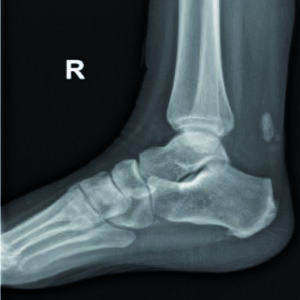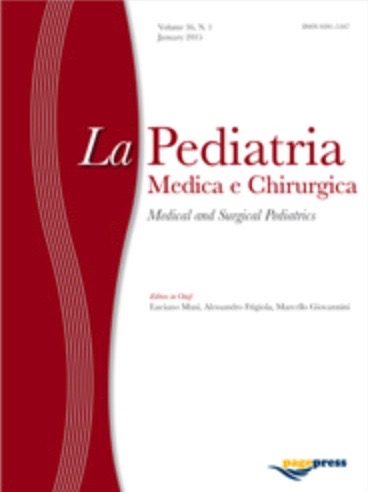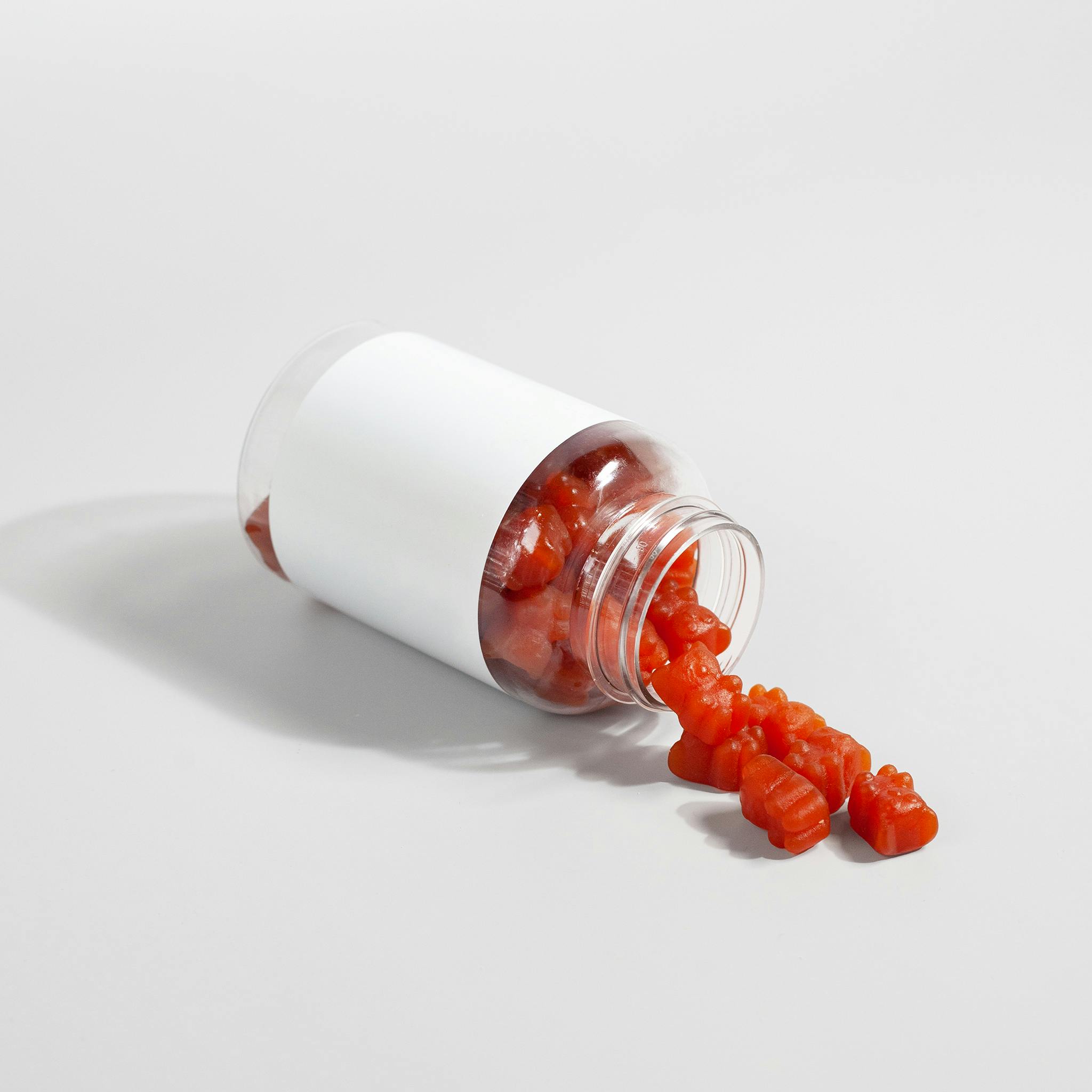 https://doi.org/10.4081/pmc.2022.280
https://doi.org/10.4081/pmc.2022.280
Achilles tendon surgery in clubfoot: Are long term sequelae predictable?

All claims expressed in this article are solely those of the authors and do not necessarily represent those of their affiliated organizations, or those of the publisher, the editors and the reviewers. Any product that may be evaluated in this article or claim that may be made by its manufacturer is not guaranteed or endorsed by the publisher.
Authors
Congenital Clubfoot (CCF) treatment involves a surgical procedure on the Achilles tendon most of the time, i.e. tenotomy or, in selected cases, Z-plasty lengthening. Many authors have studied the outcomes of Achilles tenotomy, describing complete clinical and ultrasound tendon fibers integrity restoration 3-6 weeks after surgery. Nevertheless, little is known about the mechanical properties of the operated tendon. Recently, cases of subcutaneous rupture of the Achilles tendon have been described in adolescents who practiced sports and who had undergone Achilles tenotomy for congenital clubfoot in childhood. Authors report two cases of atraumatic Achilles tendon injury (subcutaneous rupture and intratendinous ossification) in adult patients who had been treated for congenital clubfoot in childhood. In both cases, no causes determining the injury were identified; in the medical history there was a Z-plasty lengthening of the Achilles tendon, performed within the first year of life, which could be considered a predisposing factor. The usefulness of long-term monitoring of patients treated for CCF with surgical procedures on the Achilles tendon is therefore hypothesized, in order to promptly identify by symptoms, clinical pictures and ultrasound criteria, tendon suffering that may predispose subcutaneous rupture.
How to Cite

This work is licensed under a Creative Commons Attribution-NonCommercial 4.0 International License.
PAGEPress has chosen to apply the Creative Commons Attribution NonCommercial 4.0 International License (CC BY-NC 4.0) to all manuscripts to be published.








